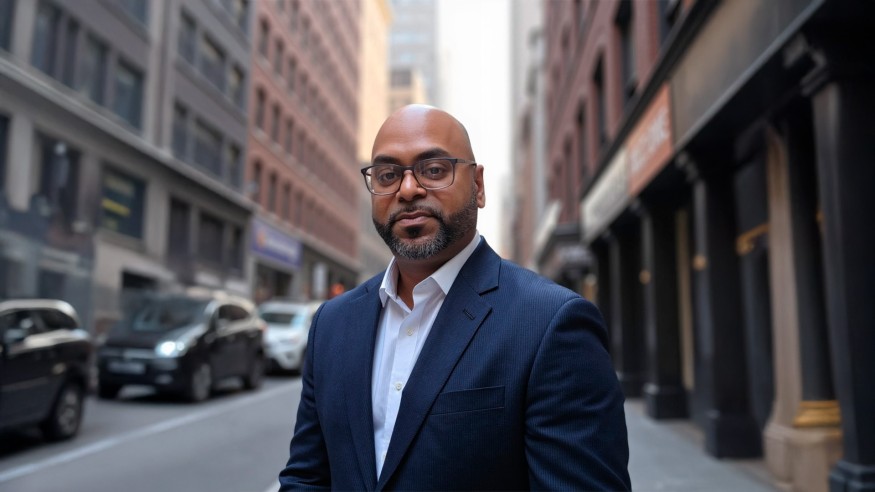
When Chris Sham surveys the threat landscape, he sees a simple pattern: criminals automate, so defenders must authenticate. As chief operating officer of faceEsign, the Florida-based technologist is betting on multi-layered biometrics to outpace synthetic identities and deepfakes. "With AI threats, synthetic identities, and deepfakes on the rise, Know Your Customer, or KYC, is no longer a checkbox," he says. "It's the front line of cybersecurity."
Sham's conviction is rooted in data. Global identity fraud topped $43 billion last year, with global losses projected to exceed $340 billion by 2027. Every false acceptance isn't just a mistake; it's an open door to fraud. Traditional passwords, even one-time codes, can be phished or replayed. Physiological signals such as face, voice, fingerprint, and retina are far harder to spoof at scale.
Engineering Fraud Out of the Transaction
faceEsign's flagship tech, BioConsent, transforms every "Accept" click into a real-time biometric event. When a user approves a loan, a payment, or a document, the software captures facial motion, vocal tone, and device metadata in under a minute. "BioConsent turns the click into a compliance checkpoint, without slowing users down," Sham says.
The system's layered approach begins with liveness detection that flags bots, masks, and static photos. Optional ID capture anchors the session to a government credential, while simultaneous face-and-voice matching records the user's intent and legal consent. Logs alone, Sham argues, are no longer persuasive evidence. "If a hundred-thousand-dollar crypto transfer is challenged, you don't just have logs," he explains. "You have biometric evidence by way of face, voice, and clicks. That's irrefutable consent and a nightmare for fraudsters."
Demystifying Liveness and Click-to-Proof
The scientific core of Sham's strategy is a multi-modal defense model designed to counter today's most advanced fraud techniques. Unlike legacy systems that rely on one or two static signals, BioConsent synthesizes multiple real-time inputs across identity, intent, and behavior. This layered approach makes it exponentially harder for deepfakes and generative AI to slip through—detecting inconsistencies that single-mode checks simply miss. Because the software operates cloud-to-cloud through a lightweight API, developers can embed it alongside familiar fintech stacks such as Stripe or Plaid in hours, not weeks.
Sham likens the evolution to airport security. "We secure buildings and airports, yet digital transactions remain open doors," he observes. "Our goal is to make strong identity as unobtrusive as Face ID, verified with a tap and a glance."
Setting a New Compliance Benchmark
Regulators are taking notice. The European Union's Digital Identity framework and the United States' proposed FinCEN rules both tighten liability for know-your-customer failures. BioConsent's audit trails, time-stamped biometrics hashed to immutable storage, provide what Sham calls "evidence that travels." Financial institutions can replay the session for investigators, while healthcare and legal teams meet heightened consent mandates without burying users in paperwork.
faceEsign's roadmap aligns with those policy shifts. Sham believes early adoption will separate leaders from laggards. "Legacy KYC is broken," he says. "What comes next starts with one API call."
The Road Ahead: Biometric Trust by Default
Looking two years out, Sham predicts biometric consent will become an assumed layer of digital life. He points to smartphone-native sensors, declining hardware costs, and consumer familiarity with face unlock as tailwinds. Enterprises, meanwhile, cannot afford reputational risk from synthetic account takeovers.
Yet Sham remains cautious about over-promising. He emphasizes privacy by design, meaning data is encrypted at rest and in transit, and users decide whether to store templates for future sessions. Transparency, he argues, converts skepticism into confidence. For Science Times readers, Sham's message is clear: the battle against AI-powered fraud will be won by science, not slogans. With biometric signals mapped to every critical click, transactions can move at the speed of software without compromising the certainty of identity.
For more insights, connect with Chris Sham on LinkedIn or visit his website.
© 2025 ScienceTimes.com All rights reserved. Do not reproduce without permission. The window to the world of Science Times.












